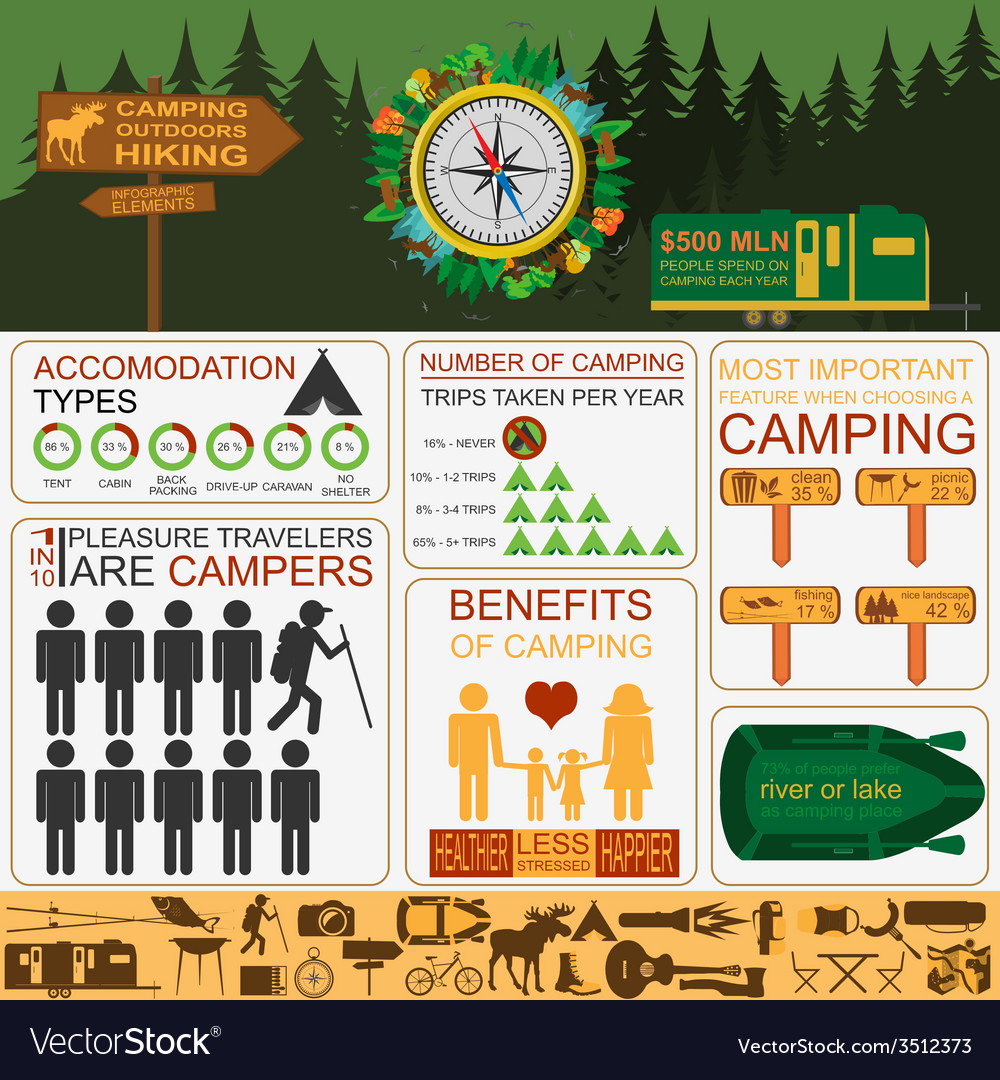While both deal staminas in different environments, it's important to determine which sort of insulation will certainly finest serve your needs. The insulation you pick influences heat, weight, water resistance, compressibility and cost.
Down is harvested from waterfowl, commonly ducks or geese. It is valued for its agility, simple compression and shielding homes. However, down ends up being much less efficient when damp.
Warmth-to-Weight
A high warmth-to-weight ratio is preferred in outdoor clothes and equipment. The insulating buildings of down feathers make them a terrific alternative for this purpose, as they are very warm and lightweight.
Nonetheless, down sheds its shielding capabilities when it splashes, suggesting it requires to be paired with a water-proof covering. In addition, some people dislike down, making synthetic jackets a far better option for them.
Synthetic insulations are normally made from recycled polyester and designed to imitate down's shielding homes. They are not as light-weight as down, yet they do not lose their protecting capacities when they get wet and dry faster than down. They are additionally more budget-friendly than down. Nonetheless, their lifespan is shorter than down, leading to greater upkeep and replacement expenses.
Water Resistance
The insulation you select for your job coat will make a big difference in exactly how comfy you really feel outdoors. However, the kind of insulation you pick likewise has significant ramifications for your sustainability objectives.
Down is a superb insulator for a variety of factors. It's lightweight, compressible, and supplies an excellent warmth-to-weight proportion. Nevertheless, it doesn't prosper when it gets wet. Down clumps up and sheds its loft when damp, which can significantly decrease its capability to catch warmth.
Artificial insulation products, such as Thinsulate and Primaloft, stand up better against wet conditions. They typically have a limited weave or chemical layer that keeps water from penetrating the fabric. This enables the insulation to stay breathable, even if wet. It's worth keeping in mind that synthetics can additionally be unpleasant when wet, however they keep their shielding residential properties.
Compressibility
While goose down does have an exceptional warmth-to-weight proportion, synthetic insulation does similarly. Nevertheless, unlike down which soaks up and loses its shielding capacities when damp, artificial insulation does not. As a result, it can keep its loft space and catch cozy air in wet conditions.
Usually manufactured from polyester sheets or collections that mimic down, the most typical artificial insulation brands include PrimaLoft, FullRange, Thermoball and Patagonia's PlumaFill. While it still can not match down's loftiness and warmth-to-weight, artificial jackets are lightweight, fast to completely dry and less expensive than down. This makes artificial coats perfect for wet atmospheres, or if you're prone to sweating greatly. Synthetic jackets are additionally much less delicate than down and can take a beating. This toughness includes their face fabrics which are typically thicker and extra durable than down.
Sturdiness
A significant consideration in sustainability is a material's long life and resilience. All-natural materials like cork, ThermaCork broadened cork and Havelock woollen last longer than synthetic options like fiberglass and plastic. They additionally call for much less maintenance and can hold up against rough ecological conditions.
Nevertheless, all-natural insulation does not perform as well when wet as synthetic options. Woollen and fleece glob with each other when wet, compromising their ability to trap warmth. Synthetic insulation, on the other hand, does not take in wetness and remains to shield also when saturated.
This makes artificial insulation perfect for damp environments and arduous tasks family camping where you could sweat greatly. It's additionally easier to wash and dries out faster than down. This included longevity and integrity make artificial insulation a total victor in this group. This converts to long lasting shielded job boots that last long and keep you warm through demanding environments.
Sustainability
All-natural products supply biodegradability and a smaller sized ecological footprint, while synthetic options brag longevity and cutting-edge applications that sustain power effectiveness. Nevertheless, it is essential to understand the true ecological influence of these insulation products from cradle-to-grave.
For instance, if a natural insulation material needs to take a trip a far away from its source to the building website, transportation-related exhausts boost its overall carbon footprint. Picking in your area sourced and recycled products lowers that influence. And, selecting GREENGUARD and Cradle to Cradle accreditations ensures that insulation is devoid of unpredictable organic compounds (VOCs) and sustains accountable sourcing and labor conditions.
Lamb's woollen and cork are sustainable insulation sources that are collected without hurting the tree or plant. Both have the included benefit of being naturally immune to mold, pests and dampness.
